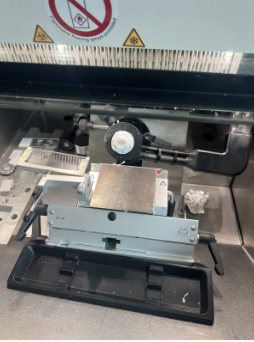Upon releasing the first-semester report cards in February, the administration announced that there would be no finals and instead a few weeks of end-of-year non-cumulative assessments. This choice has resulted in jam-packed test calendars from the end of May to early June with back-to-back assessments.
By not having a designated finals period, students were at high risk for burnout and could not give their grades the potential boost that a final offers.
While students received one day off on May 29 and one day off on June 3 to study, these intermittent days off were not as effective as reading days because we still followed the usual class schedule, along with homework. As a result, students had significantly less time to study for their assessments than for a final.
Many assessments covered a hefty amount of material. For example, the sophomore class had a social studies test covering three months of material, much of which was taught before the Pesach break. This meant that students needed to review a large quantity of information for this test while juggling other assessments and their normal day-to-day classes.
This brings to light a large issue: burnout. With the usual class schedule and no reading days, students did not have time to mentally prepare or rest before or between assessments. The consistency of these assessments inevitably left students feeling as though they could not catch their breath and put them at high risk for burnout, which can be detrimental to grades.
While these grades are worth less than a final, one grade can still make a huge difference in a student’s grade.
Another loss that comes with this lack of finals is the potential for a large boost in one’s grade that finals offer. Since finals are worth much more than one test, they can give students an opportunity to raise their grades. Also, if a final grade is higher than a student’s lowest test score, it will often replace the lowest test score in classes such as math, further helping students who want to raise their grades significantly.
By eliminating the finals period, students lost the opportunity to benefit from a final in each class and faced struggles to keep up with the intensity of the test calendar while juggling regular classes.





